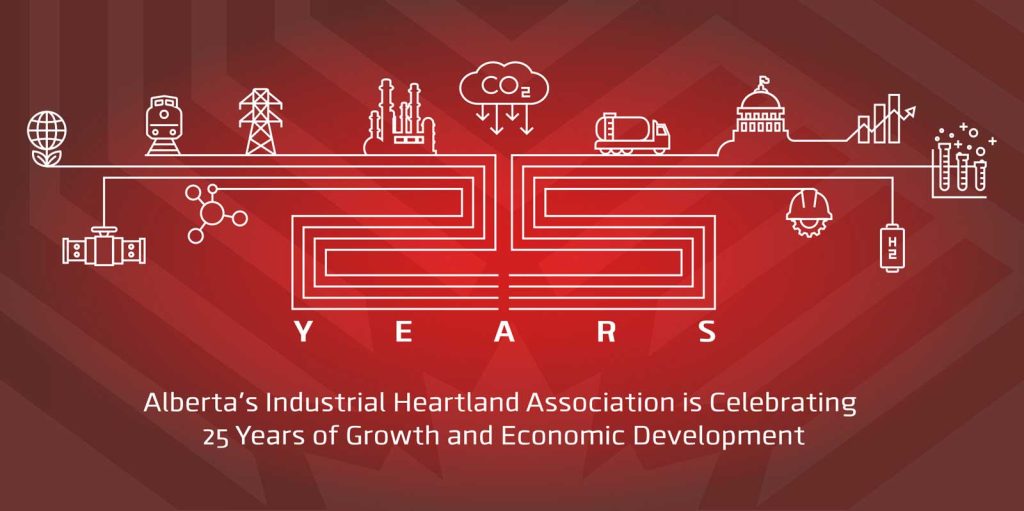Last November, Dow’s Board of Directors announced a landmark $9 billion investment to build the world’s first net-zero integrated ethylene cracker and derivatives facility in Alberta’s Industrial Heartland, near Edmonton. This project, now under construction, marks the second-largest industrial endeavour in Canada, second only to LNG Canada’s mammoth Kitimat project. These projects have an economic punch that’s larger than some entire nations’ GDP.
At peak construction, the project will employ 7,000 people and hundreds of families will benefit from high paying jobs for decades into the future and governments will collect billions in taxes and royalties.
It’s impossible to overemphasize that projects of this nature and scale can help drive Canada’s economic future – rebalancing our relationships with trading partners and global supply chains. None of this would be happening without three levels of government collaborating with industry to create a policy environment that helps Canada compete and win on the world stage.
If policy makers continue down this path, tens of billions in new investment could be drawn to Canada from around the world, benefitting every region. And there is, to say the least, considerable room for improvement. It takes far too long to get major projects approved in Canada, competing jurisdictions like the Middle East and the United States Gulf Coast are constantly improving their value proposition for potential investors, and uncertainty around policies like Canada’s Accelerated Capital Cost Allowance and the long-term value of carbon credits undermines Canadian competitiveness.
Consider Dow, a global giant with assets nearing $60 billion and a presence in 160 countries. When Dow decided to expand its polyethylene production, it chose Canada over international competitors. But why?
They chose Canada because, all things considered, building here provided the most value. First off, they would be expanding a facility that has existed since the 1960s. That original facility located in what is now known as Alberta’s Industrial Heartland to capitalize on low-cost feed stocks like ethane and natural gas, and easy access to rail services to get product to market; these advantages still exist today. Dow also sees that Canada is a global leader in carbon capture and storage and Alberta is home to the world’s most advanced carbon sequestration infrastructure and unique geology.
What made things more complicated were provisions in the United States Inflation Reduction Act, which unleashed a suite of aggressive incentives aimed attracting investment at the expense of the rest of the world.
To their credit, Canadian governments rose to the challenge, creating a competitive policy mix. The federal government introduced tax incentives for hydrogen production, advanced manufacturing, and carbon capture and storage. Alberta’s Petrochemical Incentive Program, which offsets capital costs for value-added energy projects, was complemented by a similar program for advancing carbon capture and storage technology.
Five local municipalities, members of Alberta’s Industrial Heartland Association, agreed to the Heartland Incentive Program – a property tax abatement valued at up to 2.5 percent of a project’s capital expenditure. These initiatives, combined with Canada’s existing comparative advantages, were sufficient to secure one of the most significant investment decisions in recent years.
With all the ingredients to support more investment like Dow’s Path2Zero project, Alberta’s Industrial Heartland is gaining international attention with nearly $17.5 billion in public announced projects being studied and many more that aren’t public. They range from critical minerals and renewable fuels to carbon sequestration hubs and ammonia for export. There are other potential hydrogen projects off Canada’s east coast, petrochemical projects in British Columbia’s interior, and various liquefied natural gas projects on the West coast.
All these projects include a carbon mitigation element – whether that’s using renewable power or deploying carbon capture, sequestration, and storage. Several provinces are eyeing small modular nuclear reactors to decarbonize electricity grids.
Canada must continuously innovate its policies to stay competitive. This involves ensuring our regulatory processes for mines and plants are efficient and not a barrier to investment, while maintaining environmental standards. Our tax structures and incentives must also remain competitive globally. Billions of dollars in transformative investments depend on this.
Recently-added provisions to the Competition Act aimed at preventing “greenwashing” by corporations take us in the wrong direction however. The provisions are so vague and broad that they threaten to stifle innovation and corporate sustainability efforts. Industry isn’t concerned about having to defend public statements about environmental performance, but the risk of costly litigation due to ill-defined legislation like this is bad for business. The greenwashing provisions in the Competition Act need to be fixed or scrapped all together. They send the wrong message to potential investors.
Our analysis shows that with the current tax credits and incentives, Canada competes favorably with jurisdictions like the U.S. Gulf Coast. However, we must continue to build on our advantages. Canada’s Accelerated Capital Cost Allowance (ACCA), which allows businesses to write off capital assets over time, is being phased out, while similar policies in other countries are being strengthened. To provide investor certainty, Canada should make the ACCA permanent.
Dow’s multi-billion-dollar investment demonstrates that Canada can compete globally for cutting-edge projects. While federal and provincial governments have laid a sturdy foundation, continued collaboration and policy innovation are essential to maintain and strengthen Canada’s investment advantage.
Mark Plamondon
Executive Director
Alberta’s Industrial Heartland Association



